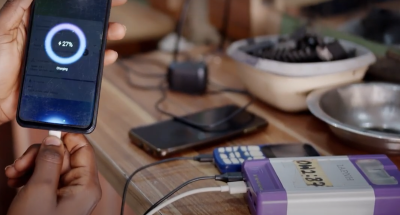A 507-carat diamond mined there in 2009 (the 19th biggest ever mined) sold for $35.3m – a record for an uncut diamond. The largest diamond ever mined, the 3,106-carat Cullinan diamond, was also mined here in 1905.
The company purchased a 74% stake (the rest is a BEE holding) in Cullinan from De Beers (in a deal that included five mines) for around R1bn ($70m) in two stages, the first in 2008. The London-listed company has interests in five mines in South Africa and one in Tanzania; its market capitalisation is nearly £1bn. Output is expected to be 3.2m carats for the year ending June 2015, and is forecast to rise to 5m carats by 2019. Resources are in excess of 300m carats.
It is thought De Beers may now choose to dispose of its Kimberley mine and it hopes it will conclude the sale of its Namaqualand mine this year. The company has given up its rights to the sea off the west coast of South Africa. It has spent some R1.5bn ($105m) over 30 years in the hope that the seas there would be as lucrative as those off the coast of Namibia. Two thirds of Namibian mining company Namdeb’s diamonds are mined off the coast.
Just published, De Beers’ Diamond Insight Report notes that diamonds accounted for 25% of Botswana’s (the biggest producing nation) GDP and 75% of its exports, and 8% of Namibia’s GDP and 20% of exports. CEO Philippe Mellier cautioned that, despite many positive signals, the “industry will continue to lose ground to other categories if it does not invest significantly in production, marketing and technology”. The CEO of Anglo American, the 85% owner of De Beers, Mark Cutifani, has indicated he would be interested in disposing of the diamond company. Glencore CEO Ivan Glastenberg has said he will not be bidding for the either De Beers or Anglo American.
Ferrochrome: China upstages S Africa
Moving from the exporting of raw materials towards value added processing is the key to harnessing the benefits of minerals. In South Africa, legislation to this end has been in place since at least 2002 (Section 26 of the Mineral and Petroleum Resources Development Act requires a proportion of minerals to be refined domestically). Interestingly, the Department of Mineral Resources (DMR) proudly cites ferrochrome on its website as an example of the country’s success in moving from an exporter of raw materials to an exporter of processed minerals. The important sector provides over 200,000 jobs and generates some R42bn ($294m) in revenues; and the South African industry is technologically advanced.
Want to continue reading? Subscribe today.
You've read all your free articles for this month! Subscribe now to enjoy full access to our content.
Digital Monthly
£8.00 / month
Receive full unlimited access to our articles, opinions, podcasts and more.
Digital Yearly
£70.00 / year
Our best value offer - save £26 and gain access to all of our digital content for an entire year!
 Sign in with Google
Sign in with Google 


